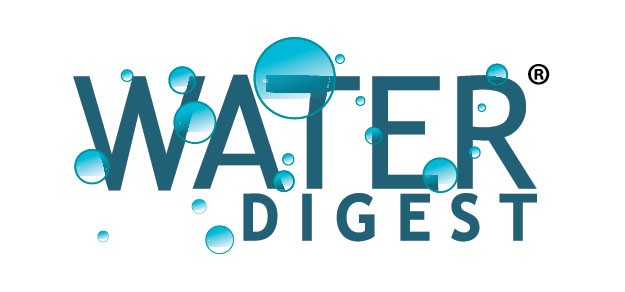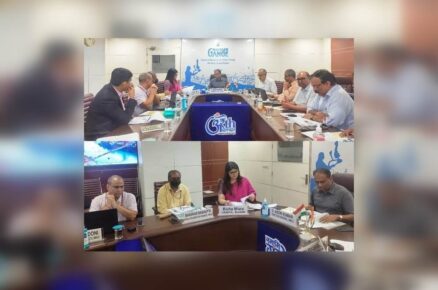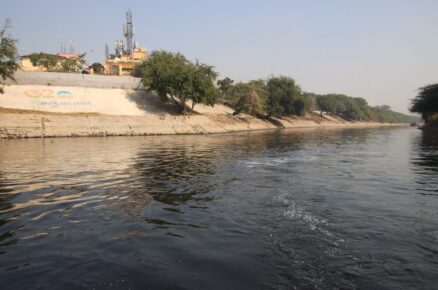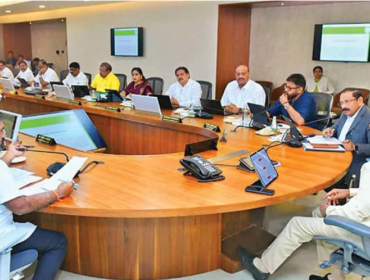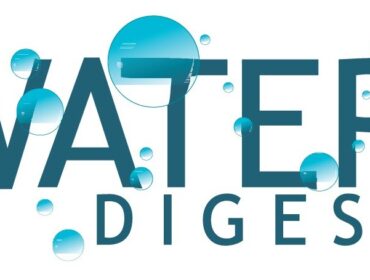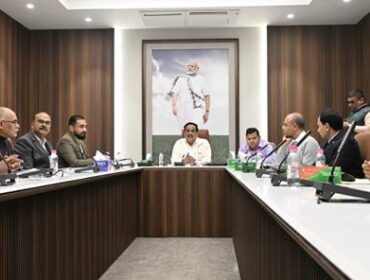Thirteen gram panchayats alongside the Hindon in Ghaziabad will get silt-catchers and filter chambers structures by mid-November to curb household garbage from draining directly into the river, officials of the district administration said.
A total of 18 gram panchayats are located alongside the river’s 55km stretch in the district. “Of these, 13 have household drains that empty waste directly into the river. A project for the construction of silt-catchers and filter chambers structures in each gram panchayat is underway. A silt-catcher works by trapping household garbage from flowing into the river, while a filter chamber uses a multi-stage system that incorporates pretreatment sedimentation and a filter bed to remove pollutants,” said Zahid Husain, district panchayati raj officer.
Officials said the construction of both these structures for each gram panchayat would cost about ₹1 lakh rupees, and the work is likely to be completed by mid-November.
“The funds for the project have been provided by the state government. In the coming months, the officials have also planned a “pad yatra” in these villages to increase awareness among the locals. We have also planned a plantation drive on both sides of the river in February/March next year, during which nearly one lakh trees are proposed to be planted,” Husain added.
The 13 gram panchayats include Morti, Rewri Rewda, Bhanera Khurd, Bhoopkhedi, Mataur, and Suthari, officials said.
The Uttar Pradesh Pollution Control Board has already placed the river in category E—the lowest classification—declaring it unfit for drinking, bathing, or aquatic life. Its water can only be used for the purpose of irrigation, industrial cooling, and controlled waste disposal.
In Ghaziabad, within the jurisdiction of the municipal corporation, the river has nine major drains that empty untreated waste into the river. The UP Jal Nigam has recently prepared a detailed project report for tapping seven of the nine drains along with the construction of a new 140MLD capacity sewage treatment plant. The project cost is estimated at ₹630 crore.
The seven drains to be tapped are located at City Forest, Hindon Vihar, Nandgram, Kaila Bhatta, Pratap Vihar, Rahul Vihar, and Dasna, discharging a total of 139MLD, officials said.
The 13 gram panchayats include Morti, Rewri Rewda, Bhanera Khurd, Bhoopkhedi, Mataur, and Suthari, officials said.
The Uttar Pradesh Pollution Control Board has already placed the river in category E—the lowest classification—declaring it unfit for drinking, bathing, or aquatic life. Its water can only be used for the purpose of irrigation, industrial cooling, and controlled waste disposal.
In Ghaziabad, within the jurisdiction of the municipal corporation, the river has nine major drains that empty untreated waste into the river. The UP Jal Nigam has recently prepared a detailed project report for tapping seven of the nine drains along with the construction of a new 140MLD capacity sewage treatment plant. The project cost is estimated at ₹630 crore.
The seven drains to be tapped are located at City Forest, Hindon Vihar, Nandgram, Kaila Bhatta, Pratap Vihar, Rahul Vihar, and Dasna, discharging a total of 139MLD, officials said.
The other two drains at Arthala and Karhera, discharging 11MLD untreated waste, are proposed to be tapped in an under-construction project in Sahibabad. This project will have the capacity to treat 68MLD sewage.
Source: https://shorturl.at/rUN8s
